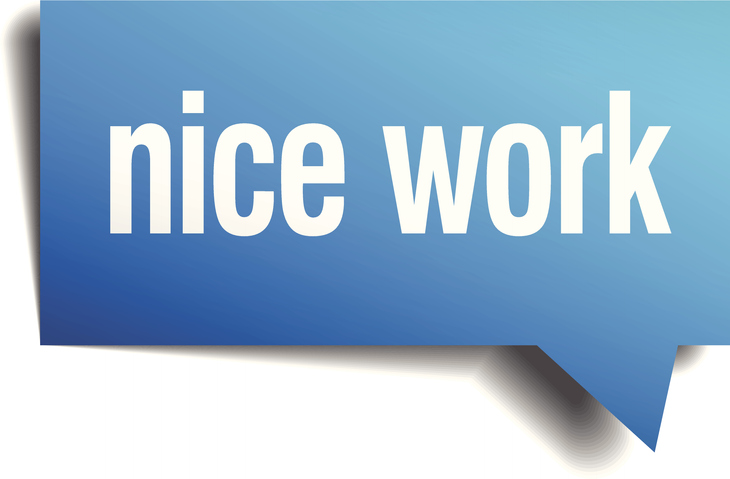
3 reasons why you need that DAM solution.
Why is digital asset management important?&n...
Read More

If you’re one of those individuals who’s a firm believer in the old saying, “you g...
Read More

Author Flannery O’Connor once said, “a good man is hard to find.” You c...
Read More

Marketers like to talk a lot about tactics, i.e., direct mail, social media, print advertising, broa...
Read More

It all started with American Banker’s July 22 article, Alleviating the Student Loan Cr...
Read More